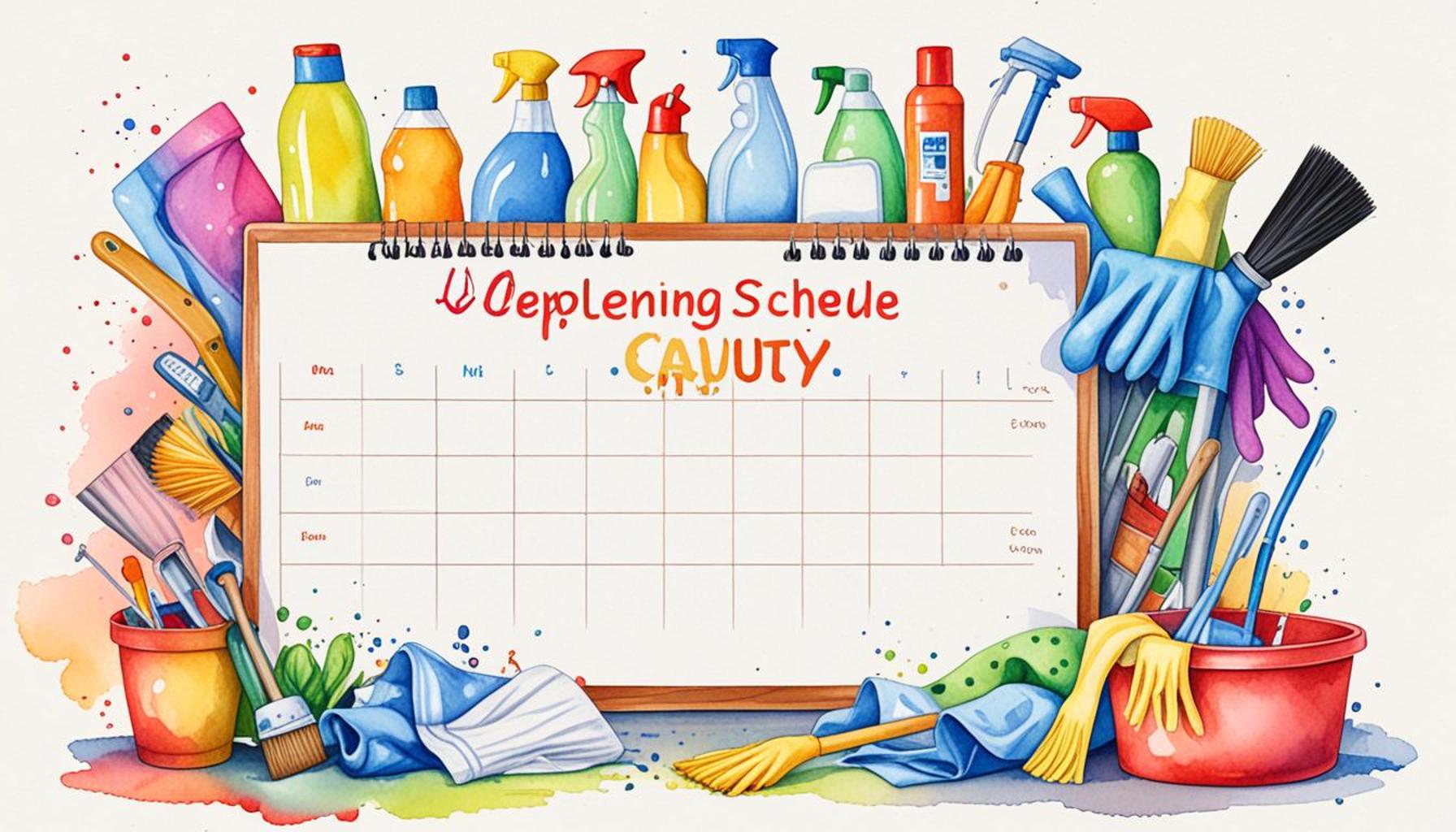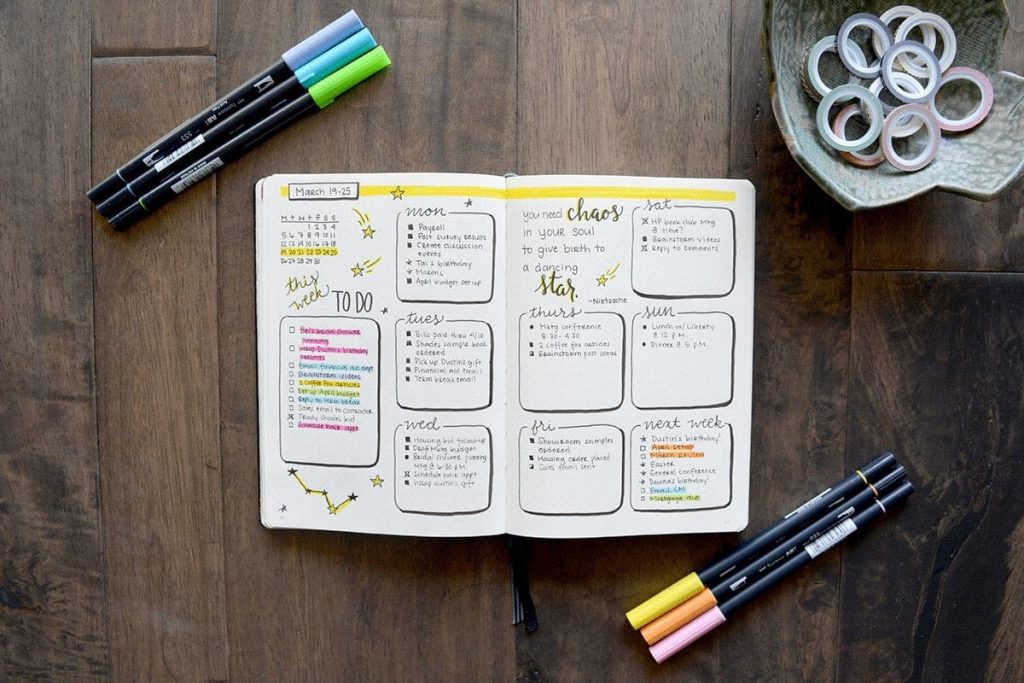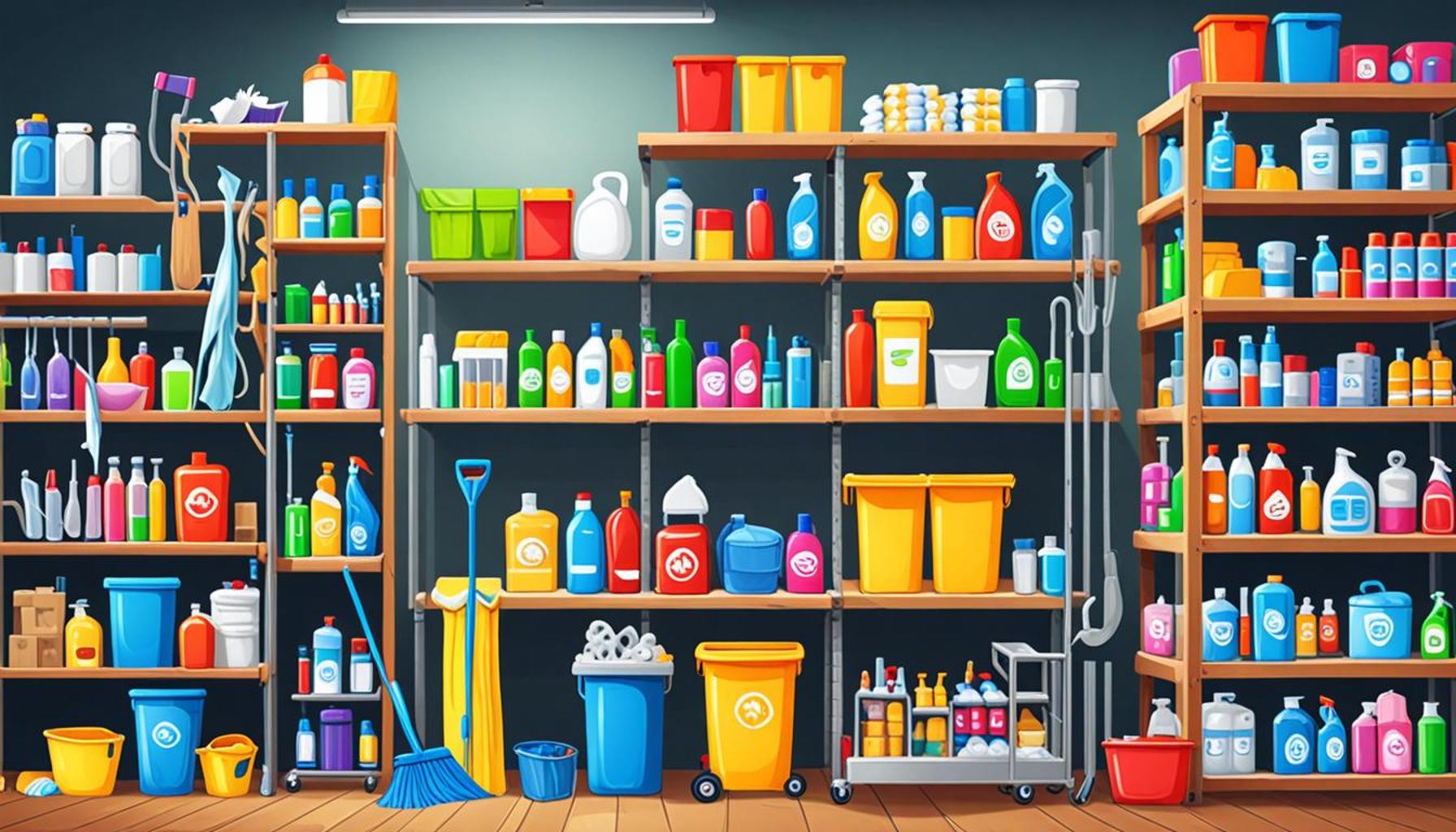Developing a Cleaning Schedule that Maximizes Productivity

Getting Started with an Effective Cleaning Schedule
In our fast-paced world, maintaining a clean environment is often overlooked amidst the demands of daily life. However, implementing an effective cleaning schedule can significantly enhance productivity, allowing individuals to focus on what truly matters. A structured approach not only saves time but also fosters a healthier workspace. Cleanliness can have a profound impact on both mental clarity and physical health, making it an essential aspect of both personal and professional environments.
Consider these key benefits of an organized cleaning schedule:
- Increased Efficiency: Prioritizing cleaning tasks helps streamline efforts. For instance, developing a daily routine that allocates specific tasks to certain days can save time in the long run. Instead of spending an entire weekend cleaning, assigning smaller, more manageable chores to weekdays allows for a consistent upkeep with minimal effort.
- Enhanced Focus: A decluttered space reduces distractions, promoting better concentration. Studies have shown that people tend to be more productive in tidy environments. For example, an uncluttered desk or workspace leads to less visual distraction, which can significantly improve an employee’s workflow and creativity.
- Health Benefits: Regular cleaning decreases the presence of allergens and germs. A study by the American Journal of Public Health found that homes with regular cleaning schedules report lower incidences of respiratory illnesses. By using disinfectants and keeping surfaces clean, individuals can reduce the risk of illness, particularly during flu season or in settings where many people congregate.
So, how do you develop a cleaning schedule that works? Here are a few essential steps to get started:
- Assess Your Space: Identify areas that need attention and categorize them by priority. For example, high-traffic areas like kitchens and bathrooms may require daily or weekly cleanings, while less frequently used rooms might only need attention once or twice a month.
- Set Realistic Goals: Break down larger tasks into manageable segments. Consider using tools like checklists or digital reminders to keep track. Instead of saying, “I will clean the house,” specify, “I will vacuum and dust the living room on Wednesday and clean the kitchen on Thursday.”
- Stick to a Routine: Consistency is key in maintaining an organized environment. Establishing a weekly or monthly calendar can help you stay on track. Make it part of your regular schedule, similar to going to the gym or grocery shopping. Even small, 15-minute cleaning bursts can contribute significantly over time.
Exploring these aspects prepares you to create a personalized cleaning regimen that suits your lifestyle. Consider involving family members in the process to distribute the workload equitably and make it a collaborative effort. Following the strategies shared in this article will empower you to cultivate a space that is both clean and conducive to productivity. Clean spaces not only improve our efficiency but also enhance our well-being, paving the way for a more enjoyable and satisfying daily life.
DISCOVER MORE: Click here to learn about the benefits of eco-friendly cleaning

Understanding the Components of an Effective Cleaning Schedule
To truly harness the power of a cleaning schedule that maximizes productivity, it’s crucial to delve deeper into its main components. The success of any cleaning routine lies not only in what gets cleaned but also in how and when it’s executed. By understanding these elements, you can create a schedule that works harmoniously with your life and responsibilities, rather than against them.
The first step in formulating a successful cleaning schedule is to effectively prioritize tasks. Not all areas of a space require the same level of attention, and identifying which tasks yield the highest impact on productivity can save time and energy. Here are some common cleaning tasks ranked by priority:
- Daily Tasks: These tasks should include wiping down kitchen surfaces, cleaning dishes, and putting away clutter. Regular upkeep in these high-traffic areas helps maintain a clean aesthetic and prevents build-up.
- Weekly Tasks: Vacuuming, mopping floors, and cleaning bathrooms can fall into this category. Setting aside specific days for these chores will help ensure they don’t become overwhelming.
- Monthly Tasks: Activities like deep-cleaning appliances, dusting baseboards, or organizing closets can be scheduled monthly. This frequency allows for a thorough cleanse without intruding on daily routines.
Another essential aspect is to identify your cleaning triggers. These are the moments that prompt you to clean, whether it’s seeing a mess that disrupts your focus or an upcoming gathering that necessitates a tidy space. By recognizing these triggers, you can proactively integrate cleaning tasks into your schedule rather than reacting in a last-minute frenzy. Setting reminders can be particularly handy for weekly or monthly tasks, ensuring they don’t slip through the cracks of busy schedules.
Consider incorporating specific cleaning windows into your day. For instance, allocating 15 to 30 minutes at the start or end of your workday allows for consistent cleaning without overwhelming your schedule. You might find that integrating cleaning into a daily routine enhances your workflow. For example, tidying your desk at the end of work can create a fresh start for the following day.
Additionally, the use of cleaning tools and technologies can significantly improve efficiency. Investing in multifunctional tools, such as a vacuum that mops or a robotic vacuum cleaner, can help reduce the time spent on daily tasks. Leveraging technology, including cleaning apps that remind you of your chores, can also facilitate adherence to your schedule. These resources streamline your cleaning efforts and free up more time for productive activities.
To sum up, developing a cleaning schedule that maximizes productivity hinges upon assessing priorities, understanding your cleaning triggers, and utilizing time-efficient tools. By structuring your cleaning efforts thoughtfully, you will not only cultivate a clean environment but also promote a workspace that drives creativity and productivity.
| Category | Details |
|---|---|
| Time Management | Effective cleaning schedules help prioritize tasks, allowing for more efficient use of time and less procrastination. |
| Increased Focus | Structuring your cleaning routine reduces distractions, enabling you to concentrate on specific areas or tasks more effectively. |
| Goal Setting | Establishing clear cleaning goals allows you to track progress, ensuring tasks are completed and motivating ongoing productivity. |
| Consistency | Regular cleaning schedules create a habit that fosters discipline and maintains a tidy environment, enhancing overall well-being. |
Implementing a well-structured cleaning schedule that maximizes productivity can significantly improve not just the cleanliness of your space, but also your overall efficiency and motivation. Understanding the unique advantages of each component is essential in creating a plan that works specifically for you. Inviting the practice of developing a tailored schedule can evolve into a transformative experience that enhances both physical cleanliness and mental clarity.
Discover more: Click here to find out how to choose eco-friendly cleaning products
Creating a Sustainable Cleaning Routine
Building upon the understanding of effective cleaning schedules, the next critical aspect is to focus on creating a sustainable cleaning routine. This is not merely about making one-time adjustments but rather establishing a routine that seamlessly integrates into your lifestyle. Having a cleaning schedule that feels manageable can empower you to maintain a high standard of cleanliness, therefore fostering a more productive environment.
One of the most effective ways to ensure sustainability in your cleaning routine is to factor in time management strategies. Allocating designated time blocks for cleaning tasks can significantly reduce the burden often felt when facing a lengthy to-do list. Identifying your most productive times, such as early mornings or late evenings, can allow you to harness your natural energy peaks. For example, setting a timer for 20 minutes and dedicating that time solely to cleaning not only keeps you focused but creates a mentality of accomplishment as you chip away at chores.
Moreover, job-sharing can be a helpful strategy, especially in shared living environments. Whether with family members or roommates, distributing cleaning responsibilities not only lightens the workload but also fosters a sense of community and cooperation. Assigning specific tasks to individuals based on their preferences or strengths can lead to a more effective cleaning process. For instance, if someone enjoys organizing, they can take on a weekly decluttering session, while someone else can handle vacuuming and dusting.
To further bolster productivity, consider introducing cleaning themes for each day of the week. For example, designating Monday as “Bathroom Clean Day” and Tuesday for “Kitchen Maintenance” establishes a rhythm that can make cleaning less forgettable. This approach ensures that no area of your home is neglected while simultaneously simplifying how tasks are divided over the week. Utilizing such a system allows you to consistently engage with your surroundings, which contributes to a more organized living space.
Flexibility is also a critical element in your cleaning schedule. Life happens, and sometimes your cleaning routine may be disrupted due to unexpected events or changes. Establishing a buffer zone in your schedule—especially for prioritizing cleaning tasks—can help accommodate those life changes without derailing your progress. For instance, if you plan to clean the garage but find you have an unexpected commitment, simply pushing that task to another day within the same week keeps you on track without causing discouragement.
Another avenue to consider is mindfulness in cleaning. This practice encourages focusing on the task at hand instead of dreading it as a burdensome chore. Listening to music or an engaging podcast while cleaning can transform the experience and make it more enjoyable. This attitude shift can invigorate your cleaning rhythm and further embed it into your routine, making it less of a task and more of a fulfilling experience.
Incorporating these sustainable strategies into your cleaning schedule can significantly impact how you view chores. By leveraging time management, collaboration, thematic scheduling, and a positive mindset, maintaining a clean space evolves from a daunting obligation into a productive, seamless part of your life.
LEARN MORE: Click here for essential insights
Final Thoughts on Maximizing Productivity with a Cleaning Schedule
As we conclude this exploration of developing a cleaning schedule that maximizes productivity, it becomes clear that the art of cleaning is much more than a mundane chore; it can be a transformative practice that enhances not only our physical environment but also our mental clarity and overall well-being. By integrating time management techniques, such as time-blocking and creating specific cleaning themes for each day, individuals can radically streamline their approach, turning what may seem like daunting tasks into manageable and even enjoyable routines.
Moreover, the power of collaboration cannot be overstated. Embracing shared responsibilities within households encourages teamwork and community, ensuring that cleaning becomes a unified effort rather than a solitary burden. Flexibility in your schedule adds yet another layer of resilience, empowering you to adapt to life’s unpredictability without feeling demoralized.
Finally, infusing mindfulness into your cleaning process can elevate the experience, transforming tedious tasks into opportunities for reflection and satisfaction. As you develop a sustainable cleaning routine, you cultivate not only a more productive living environment but also a refreshing sense of accomplishment that ripples through all aspects of your life.
Incorporating these elements requires commitment and practice, but the reward is a harmonious space that reflects your priorities and fosters efficiency. So take action today, and you may discover that a well-organized space leads not only to higher productivity but also to a greater sense of peace and clarity in your day-to-day life.


